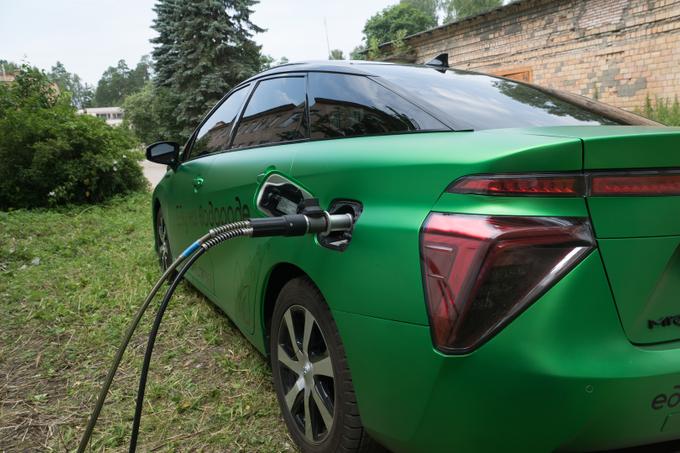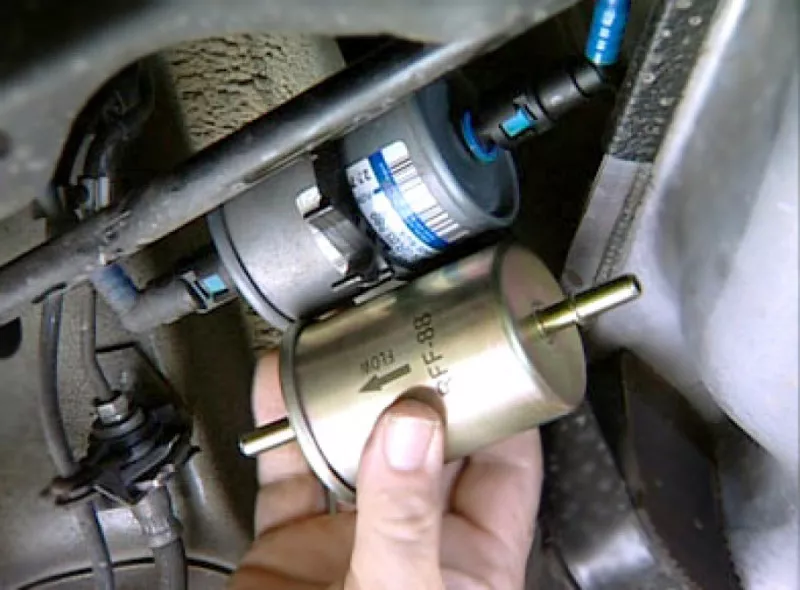
Fuel cells in passenger cars already profitable?
Content
Until recently, fuel cell technology was only available for non-commercial applications. It was used, for example, in space flights, and the huge cost of producing 1 kW of energy practically excluded its use on a larger scale. However, the invention, designed by William Grove, eventually found wide application. Read about hydrogen cells and see if you can afford a car with such a power pack!
What is a fuel cell?
It is a set of two electrodes (negative anode and positive cathode) separated by a polymer membrane. Cells must generate electricity from the fuel supplied to them. It is important to note that, unlike traditional battery cells, they do not need to be supplied with electricity in advance, and the fuel cell itself does not require charging. The point is to supply it with fuel, which in the devices under discussion consists of hydrogen and oxygen.
Fuel Cells - System Design
Fuel cell vehicles require hydrogen tanks. It is from them that this element enters the electrodes, where electricity is generated. The system is usually also equipped with a central unit with a converter. It converts direct current into alternating current, which can be used to power an electric motor. It is he who is the heart of the car, drawing its power from the current units.
Fuel cells and principle of operation
For a fuel cell to generate electricity, a chemical reaction is necessary. To do this, hydrogen and oxygen molecules from the atmosphere are supplied to the electrodes. The hydrogen given off to the anode is the cause of the creation of electrons and protons. Oxygen from the atmosphere enters the cathode and reacts with electrons. The semi-permeable polymer membrane delivers positive hydrogen protons to the cathode. There they combine with anions of oxides, resulting in the formation of water. On the other hand, the electrons present at the anode pass through the electrical circuit to produce electricity.
Fuel cell - application
Outside of the automotive industry, the fuel cell has many applications. It can be used as a source of electricity in places without free access to the mains. In addition, cells of this type work well in submarines or space stations where there is no access to atmospheric air. In addition, fuel cells power mobile robots, home appliances and emergency power systems.
Fuel cells - advantages and disadvantages of technology
What are the advantages of a fuel cell? It provides clean energy with no negative impact on the environment. The reaction produces electricity and water (usually in the form of steam). In addition, in emergency situations, for example, during an explosion or opening a tank, hydrogen, due to its small mass, escapes vertically and burns in a narrow column of fire. The fuel cell also stands out in terms of efficiency as it achieves results in the 40-60% range. This is a level unattainable for combustion chambers, and let's remember that these parameters can still be improved.
Hydrogen element and its disadvantages
Now a few words about the shortcomings of this solution. Hydrogen is the most abundant element on Earth, but it forms compounds with other elements very easily. It is not easy to obtain it in its pure form and requires a special technological process. And this one (at least for now) is very expensive. When it comes to a hydrogen fuel cell, the price, unfortunately, is not encouraging. You can drive 1 kilometer even 5-6 times more than in the case of an electric motor. The second problem is the lack of infrastructure for hydrogen refueling.
Fuel cell vehicles - examples
Speaking of cars, here are a few models that successfully run fuel cells. One of the most popular fuel cell vehicles is the Toyota Mirai. This is a machine with tanks with a capacity of more than 140 liters. It is equipped with additional batteries to store energy during leisurely driving. The manufacturer claims that this Toyota model can travel 700 kilometers on one gas station. Mirai has a power of 182 hp.
Other fuel cell vehicles needed to generate electricity include:
- Lexus LF-FC;
- Honda FCX Clarity;
- Nissan X-Trail FCV (fuel cell vehicle);
- Toyota FCHV (fuel cell hybrid vehicle);
- fuel cell Hyundai ix35;
- Fuel cell electric bus Ursus City Smile.
Does the hydrogen cell have a chance to prove itself in the automotive industry? The technology for generating electricity from fuel cells is not new. However, it is difficult to popularize it among passenger cars without a cheap technological process for obtaining pure hydrogen. Even if fuel cell vehicles go on sale to the general public, they may still lag behind in terms of cost effectiveness for the average driver. Therefore, traditional electric vehicles still seem to be the most interesting option.

